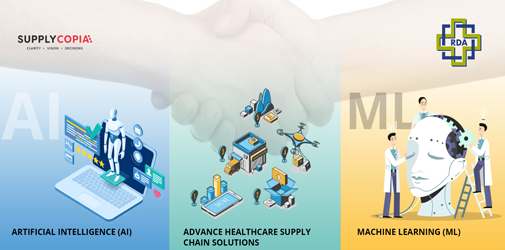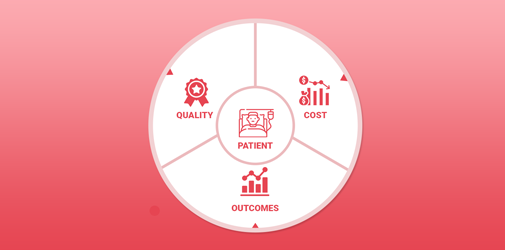ASHOK MUTTIN | September 10, 2021
Building Supply Resiliency
I published this article about supply chain resiliency last year. But, unfortunately, we believe we are potentially heading into another supply chain disruption, this time caused by the geo-political situation in the world. Therefore, we are closely tracking the following events as they unfold:
Europe natural gas requirement- Even though Europe claims that it has stocked up to 87% of its requirement, a slight change in the winter temperature or further disruption of supplies from Russia (whether intended or unintended) will cause significant challenges and we expect that will directly affect the manufacturing capacity. Many healthcare device manufacturers have their manufacturing facilities based in Europe and if you are one of the users of those devices, you may want to put some contingency plans in place.
Tensions between India-China, and US-China- While this situation seems to be somewhat under control, a small spark could ignite this fire leading to a semi or full-scale engagement. In either of the situations, there is a high likelihood that supplies, raw materials, and energy to China could be blocked leading to a further supply shortage.
Logistical imbalances: Availability of containers for shipping the products from point A to point B. It’s not that we have a shortage of containers, it’s just that they are not in the place where they need to be!
Reduced Global Traffic: FedEx recently mentioned in their report that they are seeing a significant reduction in global container traffic- what is causing this reduction? It’s definitely not the reduction in demand!
At the cost of sounding Paranoid, we urge Providers to dedicate the time and resources needed to analyze their supply chain risk. We definitely do not want a repetition of 2020.
My original post is enclosed below for those who missed it for the first time.
You’re invited to join an industry consortium: Assessing and measuring supplier risk.
We’ve talked a lot about increasing “resiliency,” and we hear the term everywhere, but what does it mean in the day-to-day world of supply chain management for healthcare organizations?
Identifying, assessing, and addressing supplier risk is critical to increasing resiliency. If the past 18 months taught us anything, we have too many stress points in the supply chain. This became painfully obvious as suppliers dealt with pressure around global resources: labor forces, raw materials, shipping, storage, and more.
While other industries – like manufacturing and retail – have invested heavily in measuring and evaluating supplier risk factors, healthcare is just getting in the game. But there are proven methodologies that we can build on and deploy into our healthcare ecosystem.
Yes. Healthcare is more complex because of the interconnected relationships, including GPOs, manufacturers, and distributors. Often it’s challenging to get to specific data like the location of manufacturer facilities, where raw materials come from (and how readily available they are), where the final manufacturing of finished products takes place, and how and where finished goods are brought into the country – and without this data, it’s impossible to assess the risk associated with a specific supplier. You need qualitative and quantitative data, analytics capabilities, and a consistently applied scoring mechanism to measure, identify and eliminate risk.
So SupplyCopia built a framework using best-of-breed methodologies from industries highly skilled in supplier risk assessment. With our existing partnerships, data gathering and ingesting technologies, and global connections, we’re analyzing data on approximately 5,000 suppliers. To take this to the next level, we want to include data from IDN partners, allowing us to build an industry dashboard that can be shared by all – including the manufacturers. The dashboard would help us collectively identify and understand risks to increase supply chain resiliency.
I invite you to join us to create this consortium and make it a broader industry effort. Together, we can grow the dataset that will increase the visibility of the most critical data variables for global manufacturers. If you want to know more or want to join the consortium, please email me at [email protected].
More from SupplyCopia



 ALL Solutions
ALL Solutions 
